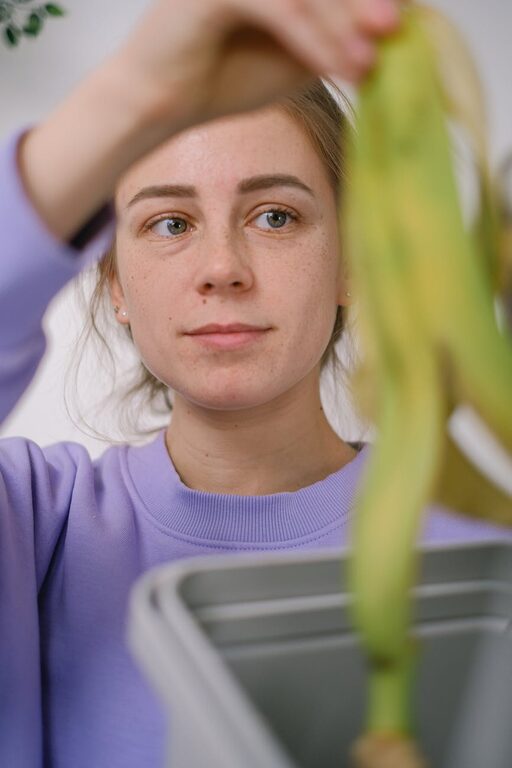Composting at home is a fantastic way to reduce waste, enrich your soil, and support a healthier environment. If you’re new to composting, it might seem a little confusing at first, but with a few simple tips, you can start turning everyday kitchen scraps and yard waste into valuable compost right in your backyard or balcony. This guide will walk you through the basics and help you set up a successful compost system.
What is Composting?
Composting is the natural process of recycling organic matter, such as food scraps and leaves, into a rich soil amendment known as compost. This process involves microorganisms breaking down materials in a controlled environment, turning waste into a valuable resource for gardens and plants.
Why Compost at Home?
– Reduces landfill waste: Composting prevents valuable organic waste from ending up in landfills.
– Improves soil health: Compost adds nutrients and improves soil structure.
– Saves money: You can reduce the need for chemical fertilizers.
– Supports the environment: Composting lowers greenhouse gas emissions and promotes sustainable living.
Getting Started: Basic Composting Tips
Choose the Right Compost Bin or Pile
You can compost in many ways, depending on your space and needs:
– Compost bin: A container with good ventilation that keeps your compost neat.
– Compost tumbler: Rotating bins that make mixing easier.
– Open pile: A simple heap in your garden.
For beginners, a compost bin is usually the most manageable option. Look for a bin that is easy to access and has good airflow.
Find a Good Location
Place your compost bin or pile in a spot that’s:
– Well-drained and not prone to flooding.
– Partly shaded to keep it from drying out too quickly.
– Convenient for adding scraps regularly.
Understand What to Compost
Composting requires a balance of materials to work efficiently. These are generally divided into two categories:
– Green materials: High in nitrogen.
– Examples: fruit and vegetable scraps, coffee grounds, fresh grass clippings.
– Brown materials: High in carbon.
– Examples: dry leaves, straw, cardboard, shredded paper.
Aim for a roughly 2:1 ratio of browns to greens to keep your compost healthy.
What Not to Compost
Avoid adding these to your compost:
– Meat, dairy, and oily foods (can attract pests and smell).
– Diseased plants or weeds that have gone to seed.
– Pet waste (may contain harmful pathogens).
– Inorganic materials like plastic or metals.
How to Maintain Your Compost
Add Materials Regularly
Add kitchen scraps and yard waste as you produce them. Chop or shred larger pieces to speed up decomposition.
Turn Your Compost
Aeration helps microorganisms thrive. Turn your compost pile every one to two weeks with a garden fork or compost aerator to mix materials and introduce oxygen.
Keep It Moist
Your compost should feel like a damp sponge—not too dry or too soggy. Add water if it’s dry, or more brown materials if it’s too wet.
Be Patient
Depending on factors like climate, materials, and how often you turn it, compost can take anywhere from a few weeks to several months to mature.
Troubleshooting Common Issues
– Bad smell: Usually a sign of too much green material or poor aeration. Turn the pile and add more browns.
– Pests: Avoid meat and oily food scraps, and keep your bin covered.
– Slow decomposition: Make sure you have a good balance of greens and browns, adequate moisture, and regular turning.
Using Your Finished Compost
When your compost is dark, crumbly, and earthy-smelling, it’s ready to use! Here are some ideas:
– Mix with garden soil to improve structure and nutrients.
– Use as mulch around plants to conserve moisture.
– Add to potted plants for extra nutrition.
Final Thoughts
Starting composting at home is easier than it seems once you know the basics. With a little time and care, you can turn everyday waste into a powerful resource for your garden. It’s a rewarding way to be environmentally friendly and see the results of your efforts grow—literally!
Happy composting!

